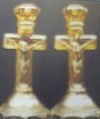Carnival Glass 101 | home Quick Reference to Carnival Glass Patterns on This Site
Northwood - Part 28
NORTHWOOD – Part 28
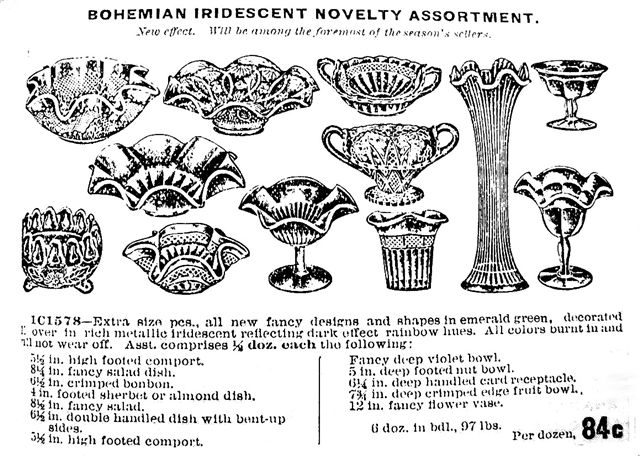
Mid-Spring 1909
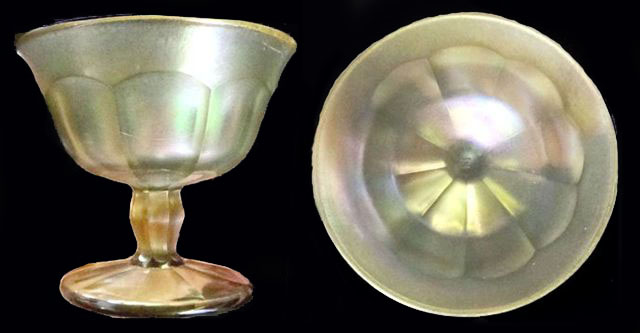
FLUTE Sherbet in Vaseline, Courtesy Tony Piazza.
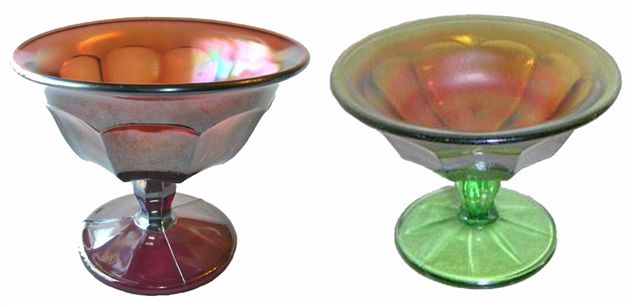
FLUTE Sherbets in Amethyst and Alaskan Green finish.
3.25 in. tall x 4 in. across top.
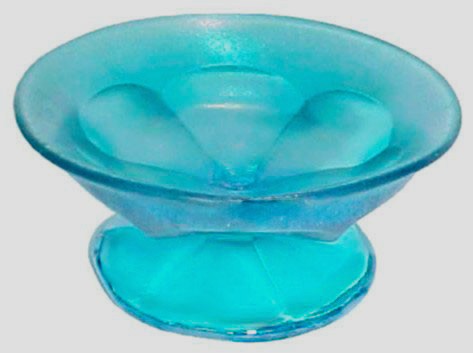
Northwood FLUTE Salt Cup in sapphire.
3.25 in. across top.
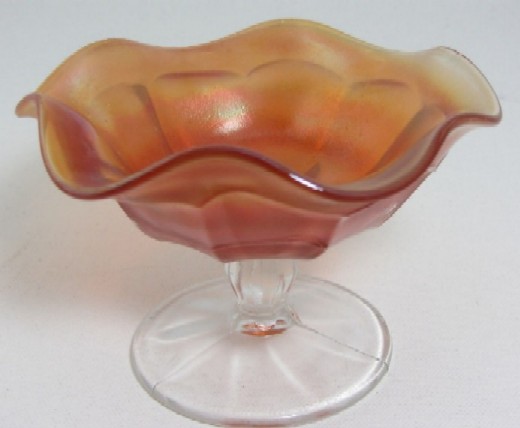
FLUTE Sherbet in Marigold.
FLUTE Sherbet: Overall, this is a very scarce item in the Flute line! The pattern had been vastly successful during the non-iridized crystal era and placed into early 1909 carnival production. Although the sherbet is known in amethyst, cobalt blue, sapphire, green, marigold, vaseline and white, it is the marigold examples which surface more often. Tony found this unusual vaseline sherbet in the rear of an antique store. The shop owner asked him what it is. A large number of newer Fenton items were over-priced and set out for sale. The gold metallic edge on this sherbet may have been applied by a previous owner, OR, perhaps a special factory order had been placed to include that? The sherbet opening is 3 7/8” diameter. It stands 3” high and has a 2 ¾” base.
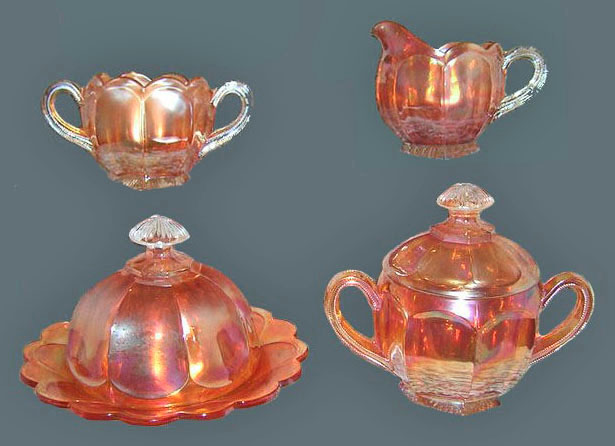
Northwood FLUTE Table Set in Marigold.
FLUTE Table Set: The marigold complete set is in and of itself. A creamer and covered sugar are known in green. A creamer and open sugar are known in purple. One of Northwood’s early iridized efforts, there was a wide variety of shapes offered, including a berry set, table set, water set, breakfast size sugar and creamer, celery vase, stemmed sherbet, nut cup and a pedestal-footed salt set. Most items display the Northwood trademark. The green pieces displayed the Alaskan iridescent application, which in essence is marigold overlaid on green base glass. The salt set, sherbet, and the vases are the only items found in the wider variety of colors.
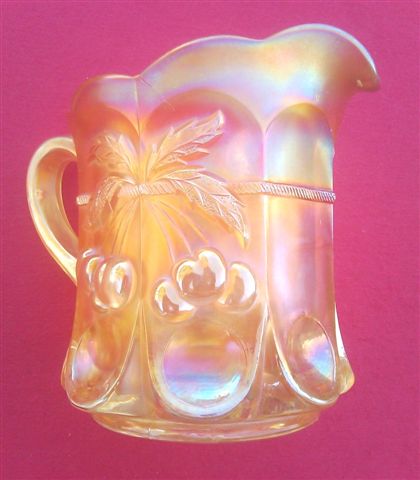
Cherry and Cable creamer in Marigold.
CHERRY & CABLE Creamer: Mosser and Westmoreland have reproduced this pattern in several forms and colors. Basically, remember that the old pieces are known only in marigold! The repros. are found in crystal & color stained crystal, milk glass, purple carnival glass and ice green carnival glass. This was Northwood’s first “full line” to enter carnival production in 1908, lasting only a couple of years. Beyond 1909-1910, Northwood expanded their iridized line beyond marigold, and into amethyst and green, No old Cherry & Cable items have been found in those colors.
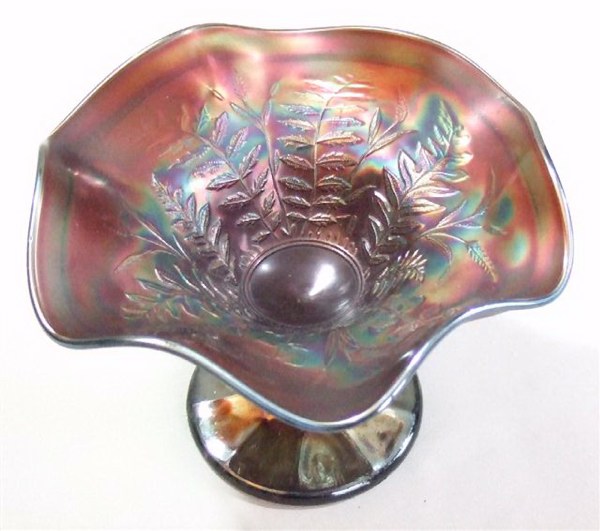
FERN Compote in Amethyst.
4.75 in. tall x 6.50 diameter.
FERN Compote: The interior pattern used for some Daisy and Plume stemmed compotes. Not found very often, they provide an interesting variation from bowls and plates! The design dates to 1911-1912. Found only in three colors: marigold, amethyst and green. Although advertised in a 1912 Butler Bros. Catalog in white, we have never actually seen one in our more than fifty years of collecting!
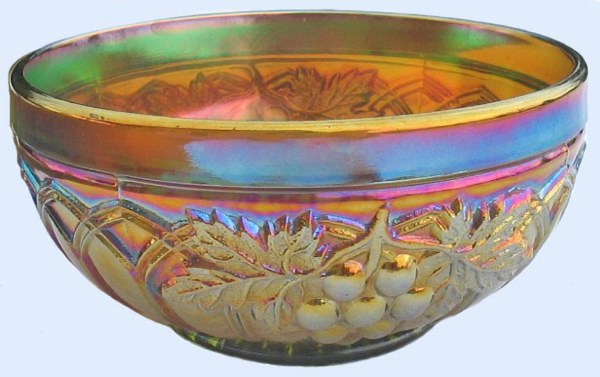
GRAPE & GOTHIC ARCHES Berry Bowl in Green.
4.5 in. diam. x 2.25 in. deep.
GRAPE & GOTHIC ARCHES Berry Bowl: The moulds were used for Custard Glass, non-iridized crystal and emerald green from 1909-1915. The iridescent forms were incorporated circa 1909-1910. Berry sets, table sets, and water sets are found in marigold, amethyst, green, cobalt blue and iridized custard. Some water pitchers have been found with the (N) trademark.
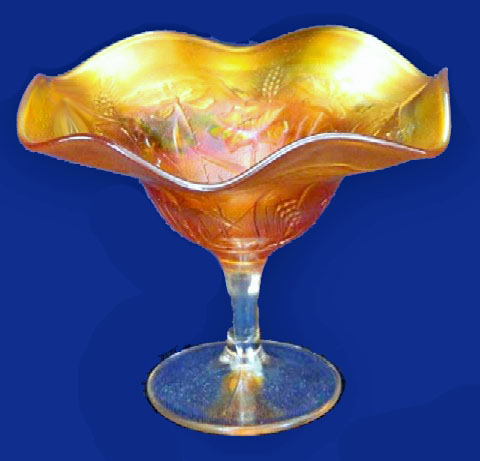
Harvest Poppy compote in Marigold.
HARVEST POPPY Compote: Another design found only on the compote shape, the floral interior extends out from the center. Blue is a very rare color. Amethyst/purple, green and marigold are the other known colors, with marigold being the more prominent color. It stands approximately 6” high.
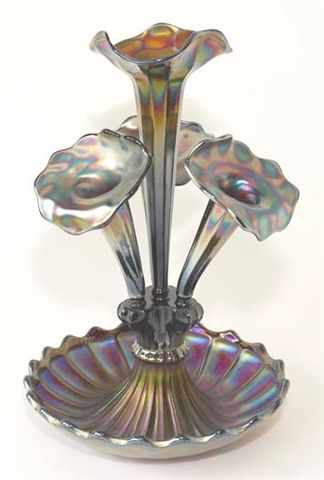
Wide Panel epergne in Purple.
WIDE PANEL Epergne: Green examples appeared in Butler Bros. catalogs from 1909-1912. Four years of production explains why they are the most prominent color found today! The three “pearl iridescent” colors advertised in 1912 were white, ice blue and ice green. Marigold and white are the most difficult colors to locate today!
Dean & Diane Fry, Jan. 2015
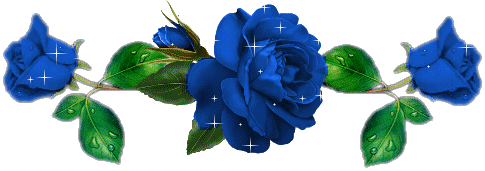
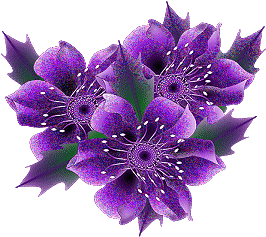

But you are a chosen generation, a royal priesthood, a holy nation, His own special people,
that you may proclaim the praises of Him who called you out of the darkness into His marvelous light:
who once were not a people but are now the people of God, who had not obtained mercy but now have obtained mercy.
Beloved, I beg you as sojourners and pilgrims, abstain from fleshly lusts which war against the soul,
having your conduct honorable among the Gentiles, that when they speak against you as evildoers, they may,
by your good works which they observe, glorify God in the day of visitation.
(1 Peter 2:9-12)



Should you care to contact the Frys, their email address is:
Search Carnival Glass 101
back to Carnival Glass 101
Our other sites you may enjoy:
Everything you EVER wanted to know about Indiana Glass
Great Reference for Newer Carnival Glass.
Complete Glassware Catalogs Available to Download
Questions? Comments? Suggestions? Broken Links? Corrections?
Your Friendly Webmaster is here to help!
